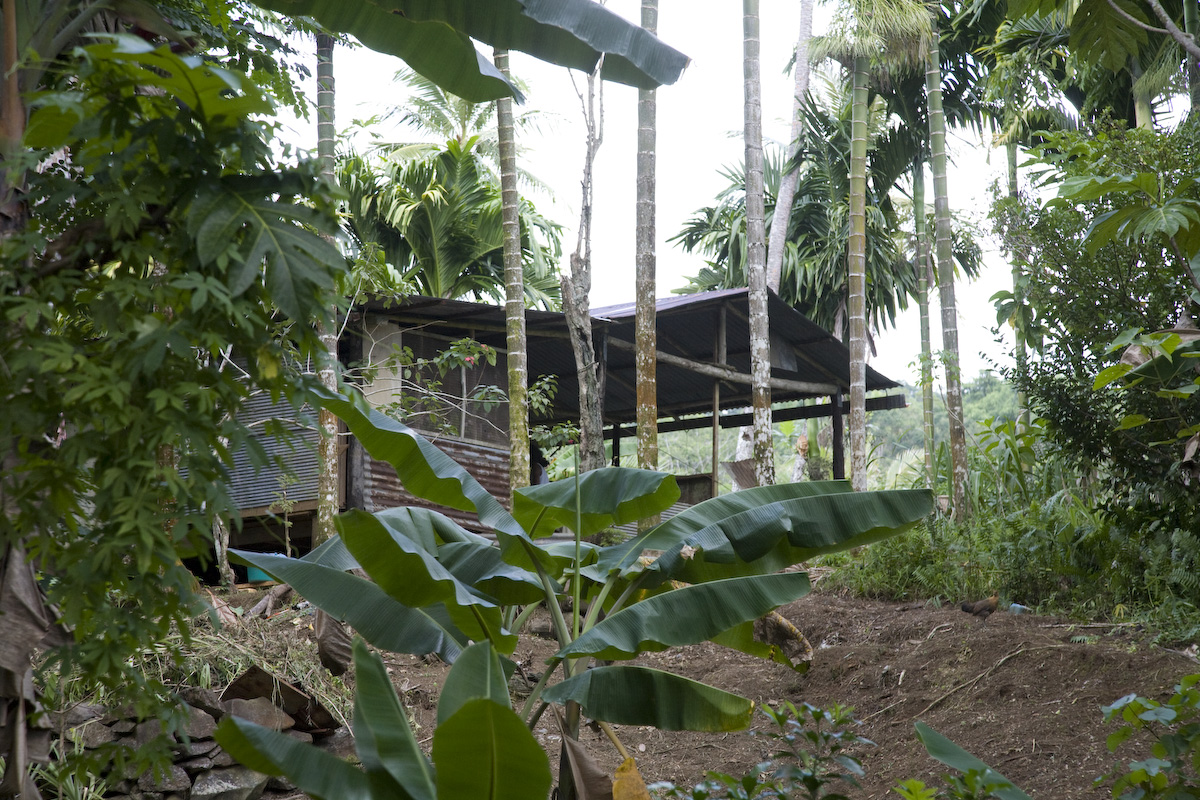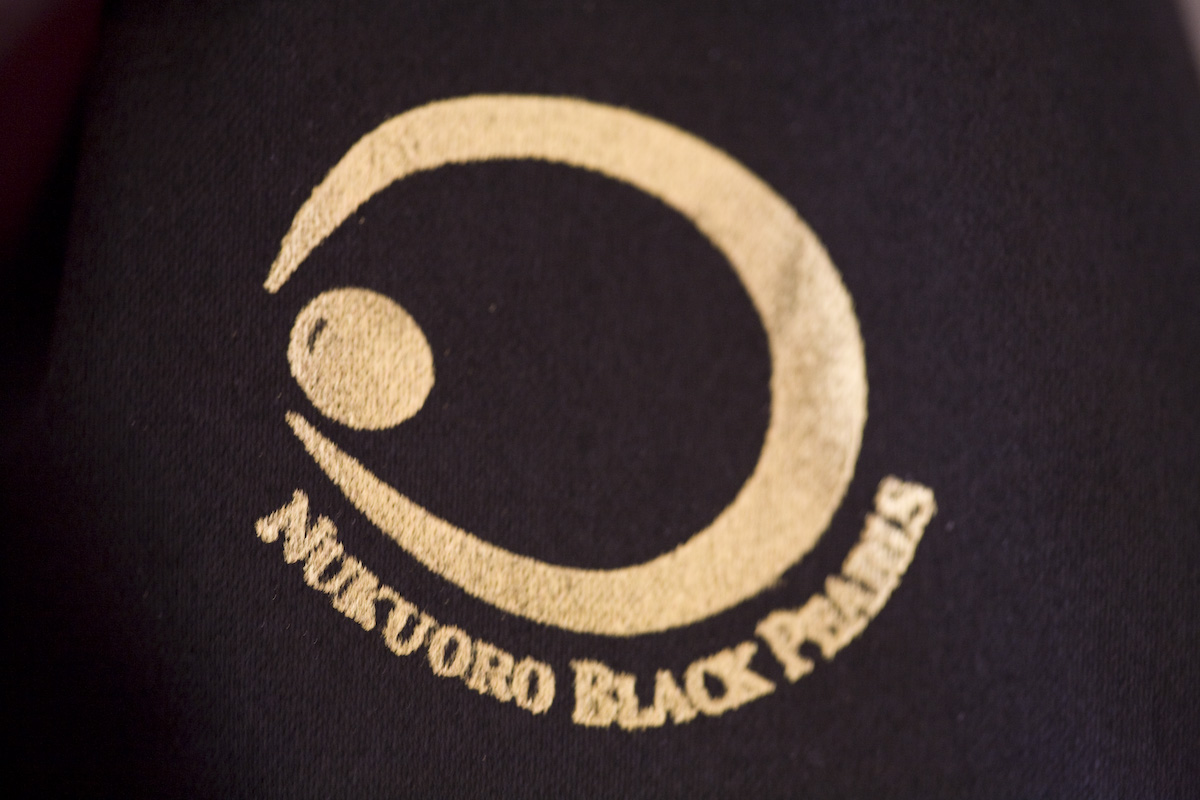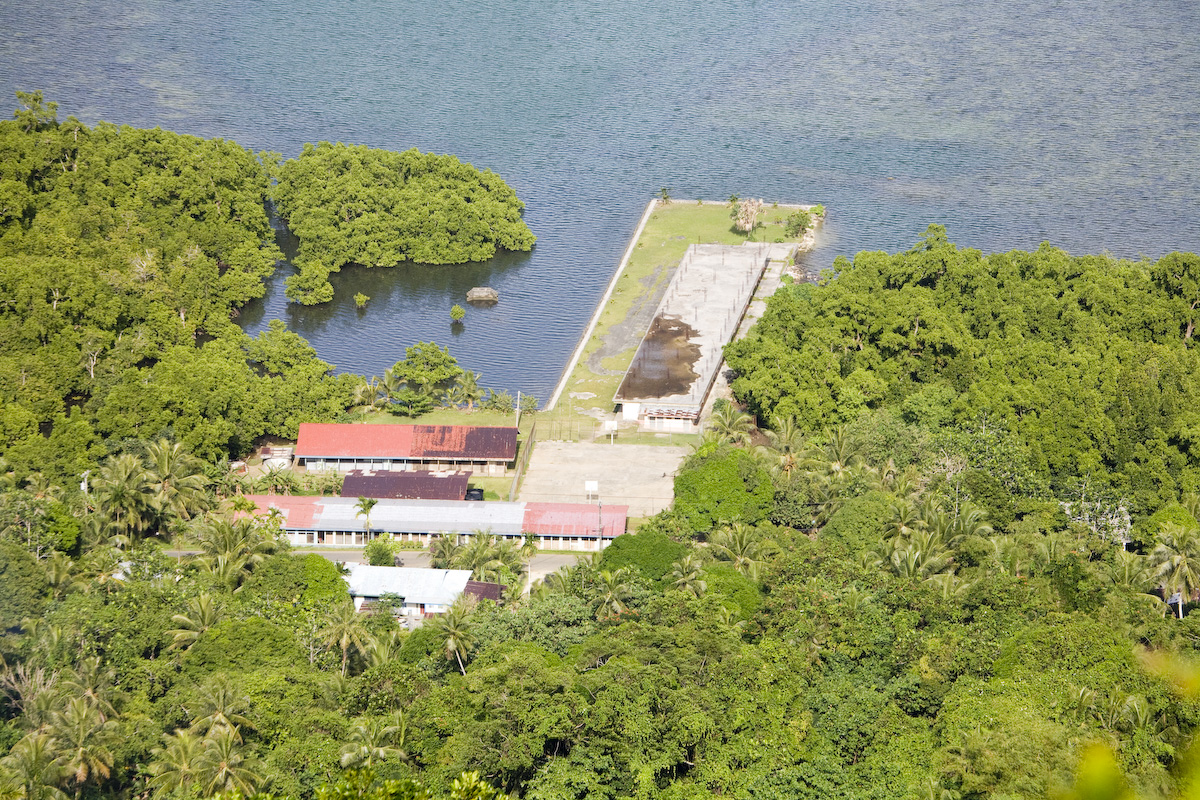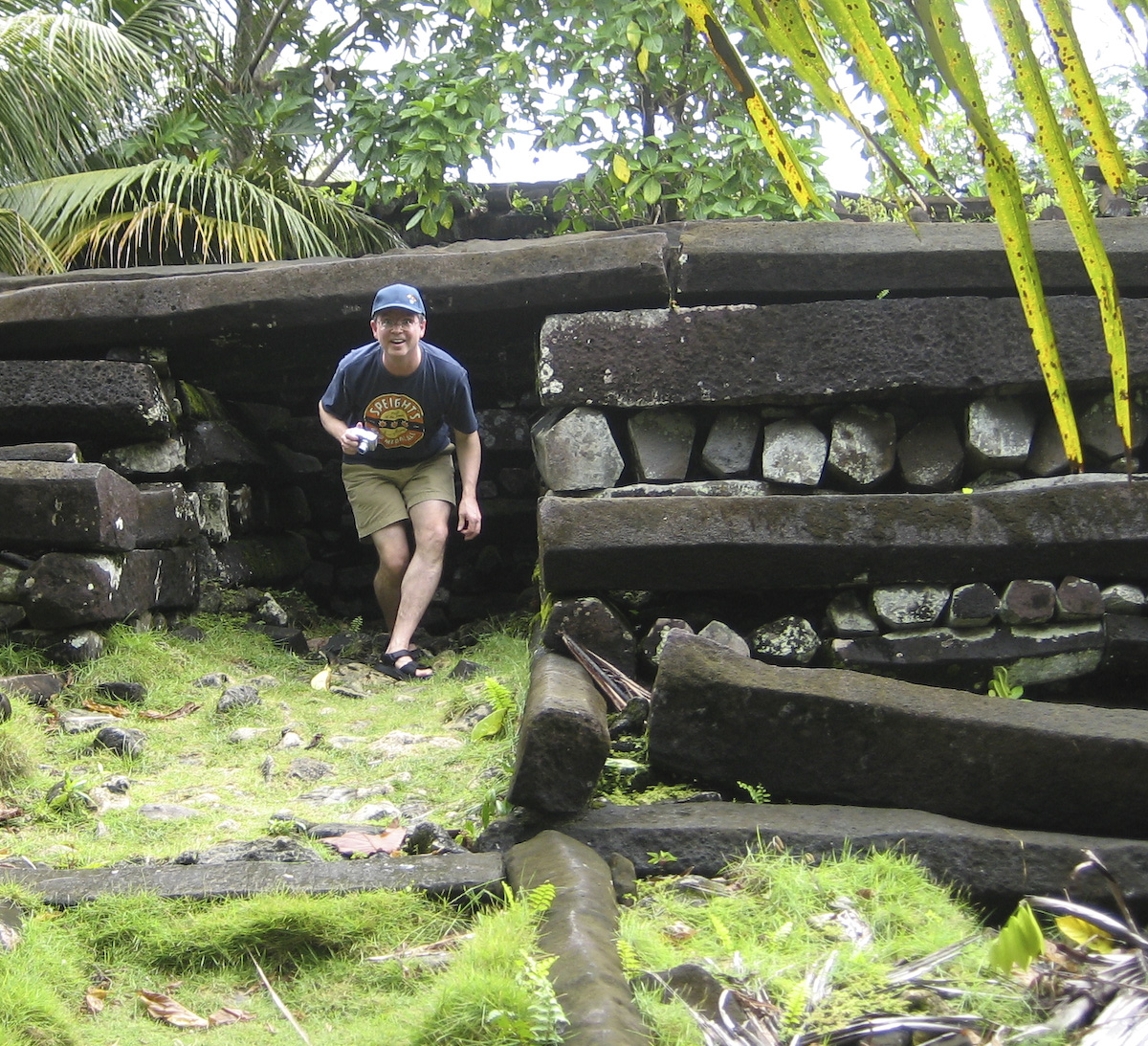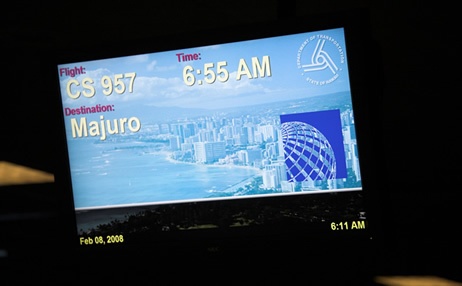Chuuk, formerly known as Truk
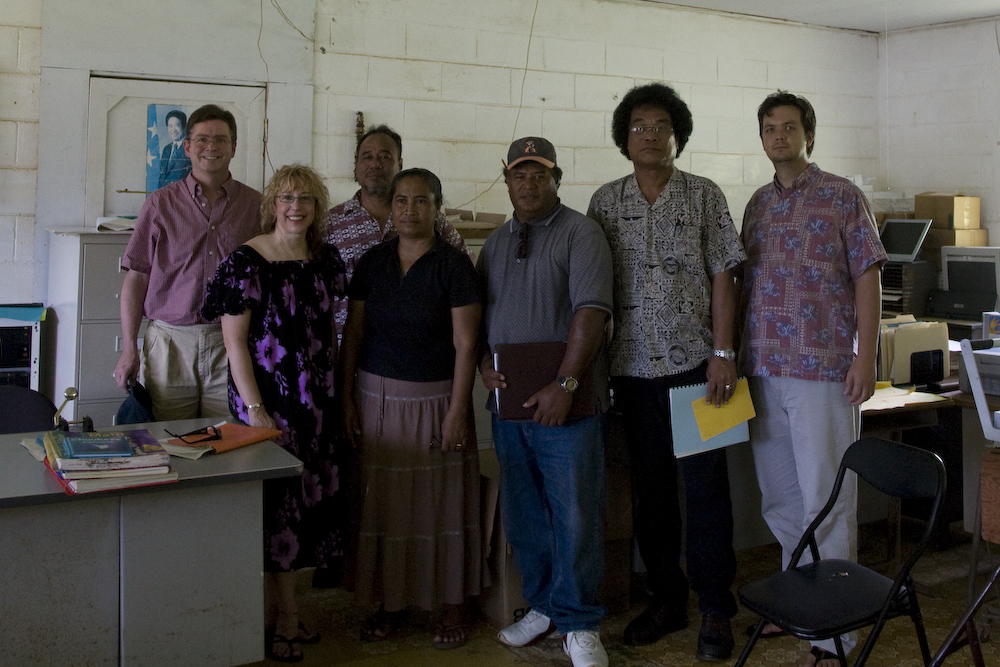
We rejoined the Island Hopper for the short flight to Chuuk . During World War II, Americans knew this island as Truk, the main Japanese naval base for the Western Pacific. It has a huge lagoon, with lots of islands in it. This is unlike Pohnpei, which has one major island and a few small ones. Chuuk is having a hard time. Weno, the island with the airport on it, has a reputation for corruption and crime. Most tourists are scuba divers who go immediately to a ship (called a live-aboard) for a week of diving the many Japanese ships sunk in the lagoon. The state is bankrupt, and the soaring price of fuel has crimped travel in an place where motor boats are the most effective means of transportation. The government offices we visited were without electrical power. The roads were in a terrible state: you usually travel at 5 miles per hour, dodging the largest potholes. Internet is really expensive. They have a state-back monopoly, and they would pay over $1000 a month for a c
